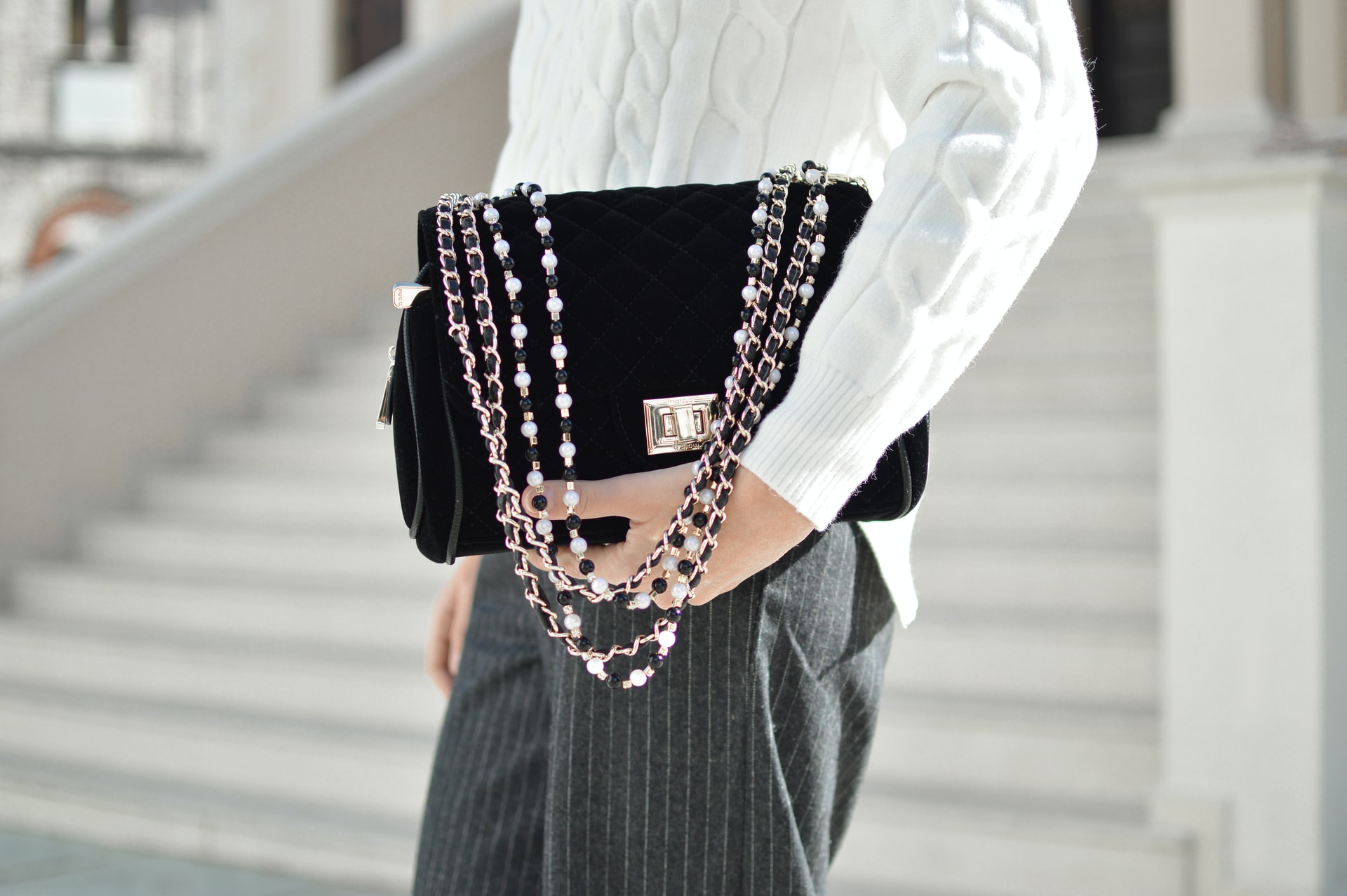
Photo by Tamara Bellis on Unsplash
You’ve probably heard of “fast fashion”: manufacturers churning out clothes as fast as possible to appeal to the latest trends and pack the malls with new and exciting things. Fast fashion inevitably leads to horrible practices, like sweatshops or slave labor in developing countries, environmental stress, and cheap quality products that end up in landfills.
In that grim fashion climate, “slow fashion” stands out as a rising game-changer. The slow fashion movement aims to remove itself from rapidly changing trends and create apparel that’s durable, lasting, and comfortable above all else.
But is slow fashion interchangeable with sustainable fashion? Is slow fashion always better for the planet, or not? We’ll explore that complex topic here. Read on.
How Fast Fashion Hurts the Planet
Fast fashion industries end up creating exponentially more clothing than we actually need, and at a very poor quality. This impacts the planet tremendously and also leads to an abuse of human rights.
Fast fashion has an enormous negative impact on the environment. The resources that go into mass producing clothing in factories (water and textile production, most notably) is far more than it needs to be. The cheapest materials to make these pieces are often a form of plastic (polyester) that doesn’t degrade and is hard to recycle.
Scientists estimate that a whopping 10% of humanity’s carbon emissions come from fashion. That is more than international flights and shipping combined! It is also estimated that 75% of textiles made for the fashion industry end up in landfills. Most people aren’t even aware of these absurd statistics that happen behind the scenes to create pretty shopping malls.
Many large fashion companies are shifting to greener policies, but the actions are usually too little, too late, or not enough. Drastic action is needed to stop the damage the fast fashion industry is doing, both for climate change and pollution.
How the Slow Fashion Movement Tries To Reverse the Damage
As a consumer, you have the power to take action against fast fashion in more ways than you think. Supporting slow fashion is one of them. The term was first professionally coined by author and professor Kate Fletcher, who said the concept is actually quality-based rather than time-based.
Slow fashion tries to embrace many opposite philosophies of fast fashion, including:
- Not buying clothes just to fit a trend; instead, buying clothes you actually need and will wear for as long as possible. (This has the positive side effect of being much better for your budget).
- Buying clothes with natural fibers and sustainable materials, and avoiding non-biodegradable plastic fibers as much as possible.
- Buying clothes made with professional and reliable craftsmanship. This helps clothes last longer and also helps avoid cheap sweatshop labor with exploited workers.
- Buying clothes that are versatile and neutral enough to be used in many different applications. Minimalist wardrobes and “investment pieces” are often a big element of slow fashion.
- Sourcing materials responsibly, and not just related to clothing. This also includes ethical jewelry and lab-grown diamonds that avoid exploitative mining practices.
Many people who embrace slow fashion also support reusing and recycling clothing. This includes considering secondhand shops and thrift stores before new retail purchases.
Slow fashion is also focused on long-lasting quality, which means high-quality materials. These materials are usually natural-fibers like linen, organic cotton, silk, or hemp.
Is Slow Fashion Sustainable?
You know what slow fashion is — now what is sustainable fashion, and how is it different?
Whether slow fashion is always sustainable is a matter of debate. In the end, the answer completely depends on the manufacturer.
If there was a Venn diagram between sustainable fashion and slow fashion, the intersection would undoubtedly be very large. Companies who care about the ethics and impact of their clothing almost always focus on sustainability and protecting the planet.
However, this doesn’t mean that every fashion company that calls themselves slow fashion is always focused on the environment. While anything that touts themselves as “slow fashion” is almost always expensive and high quality, they could simply use the popular term as a marketing strategy while continuing to use unsustainable practices. “Greenwashing” like this is everywhere: marketing targeted towards the environmentally conscious. Practices like this should be watched out for.
Always Do Your Research
In conclusion: Slow fashion is usually sustainable, but not always.
Shop responsibly and don’t fall for greenwashed marketing. If you’re truly going to embrace the concept of slow fashion and shop sustainably, you should do your research on the manufacturer. Slow fashion is about investing in high-quality clothing, and any investment should be carefully thought-out.
Quality over quantity is key. If you want to shop sustainably, looking for brands that advertise themselves as “slow fashion” is a very good start!
Written by Tess DiNapoli
About the Author
Tess DiNapoli is an artist, freelance writer, and content strategist. She has a passion for yoga and often writes about health and wellness, but also enjoys covering the fashion industry and world of fitness.
You may also like
Ethical and Sustainable Jewelry Brands You Need to Know
A Comprehensive Guide to Creating a Sustainable Wardrobe on Every Budget
Tired of Fast Fashion? 5 Tips to Becoming a Green Fashionista
Sustainable Fabrics and Clothing of the Future
